
Welcome to May...........28th!
Heat ridge develops farther west on forecast models as expected the last few days. Could get pretty bullish grains if this leads to an AMPLIFIED pattern that maintains. Rains will shut down for at least a week. If they shut down for longer than that.......it WILL be increasingly bullish!
Latest Thursday: The heat still does not include the East or South which is often needed in early June to be bullish natural gas for increasing residential cooling projections.
NEW: My Summer Forecast/La Nina this Summer?
Started by metmike - May 23, 2020, 11:33 p.m.
https://www.marketforum.com/forum/topic/52701/
This very warm/humid weather could help lessen coronavirus survival times.
Game changing?-Summer kills COVID-19
https://www.marketforum.com/forum/topic/51095/
Warm weather and CV
https://www.marketforum.com/forum/topic/52562/
Latest COVID-19 numbers:
https://www.marketforum.com/forum/topic/52243/
Scroll down and enjoy the latest comprehensive weather to the max...... occurring because of the natural physical laws in our atmosphere as life on this greening planet continues to enjoy the best weather/climate in at least 1,000 years(the last time that it was this warm) with the added bonus of extra beneficial CO2.
Reasons to keep being thankful here in 2020!
https://www.marketforum.com/forum/topic/45623/
Go to the link below, then hit the location/county on the map for details.
https://www.spc.noaa.gov/ Go to "hazards"
Here are the latest hazards across the country.
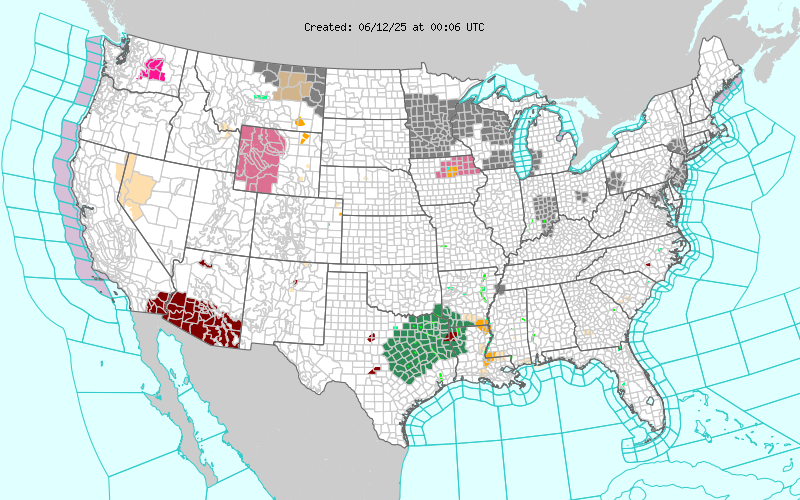 |
Purple/Pink/blue on land is cold/Winter weather. Brown is wind, Green is flooding. Gray is fog. Reddish is a red flag advisory.
Go to the link below, then hit the location/county on the map for details.
https://www.spc.noaa.gov/ Go to "hazards"
https://www.mesonet.org/index.php/weather/map/us_air_temperature/air_temperature

https://www.mesonet.org/index.php/weather/map/wind_chill_heat_index1/air_temperature

Current Weather Map
| NCEP Days 0-7 Forecast Loop | NCEP Short-Range Model Discussion | NCEP Day 3-7 Discussion |


Current Jet Stream

| Low Temperatures Tomorrow Morning |

Highs today and tomorrow.



Highs for days 3-7:
Heat shifts West the next few days...........then spreads north and east, encompassing much of the country next week/during the first week of June!
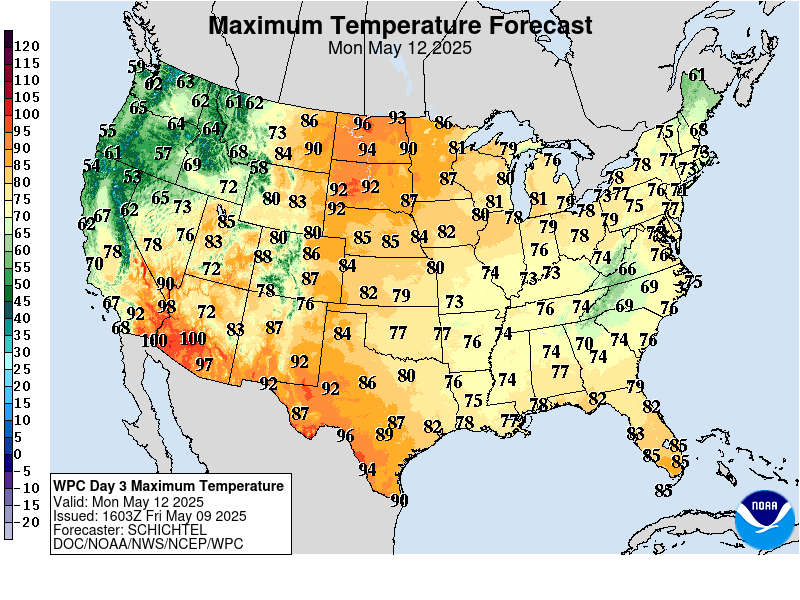
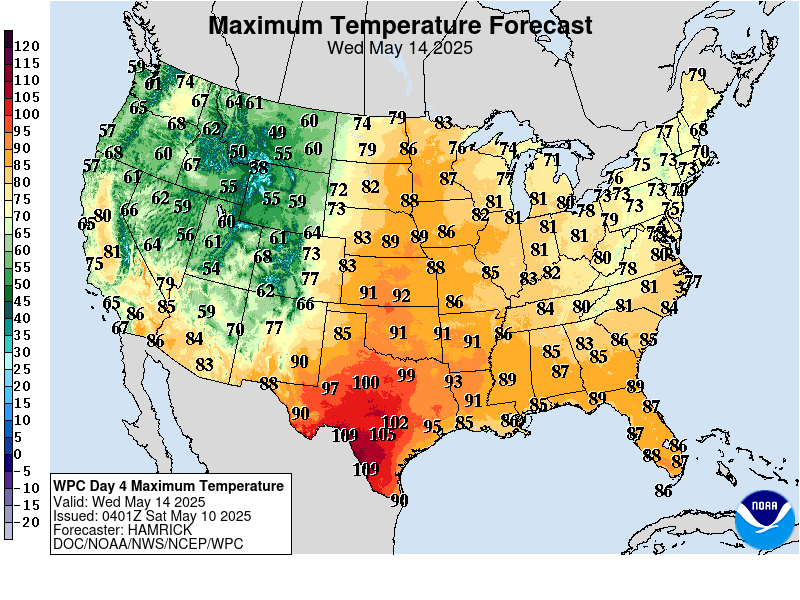
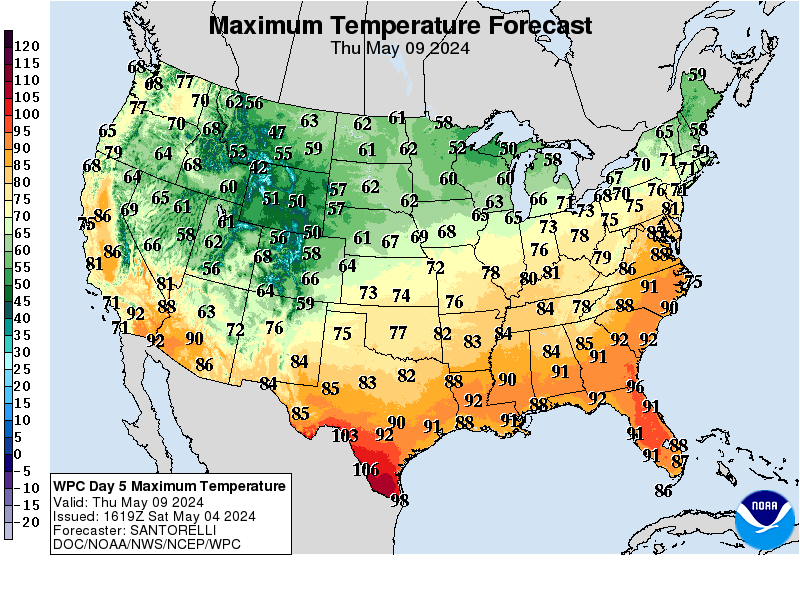
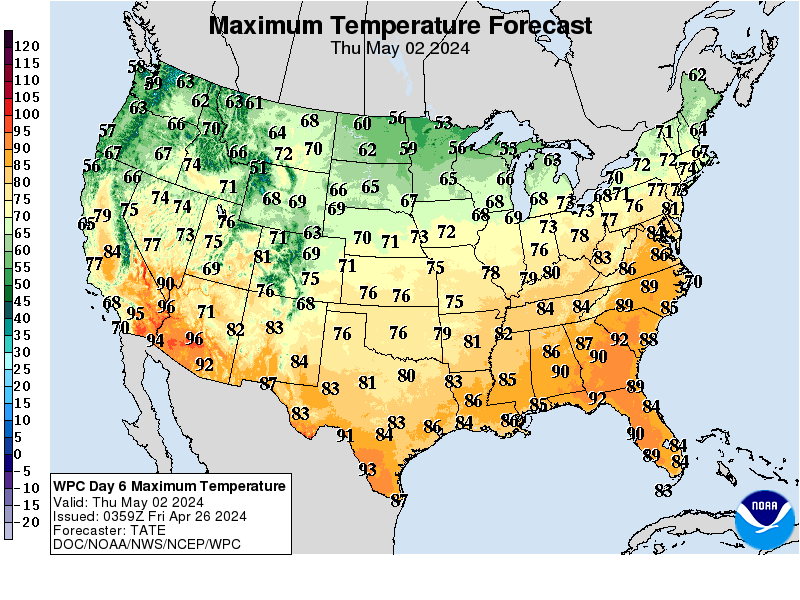
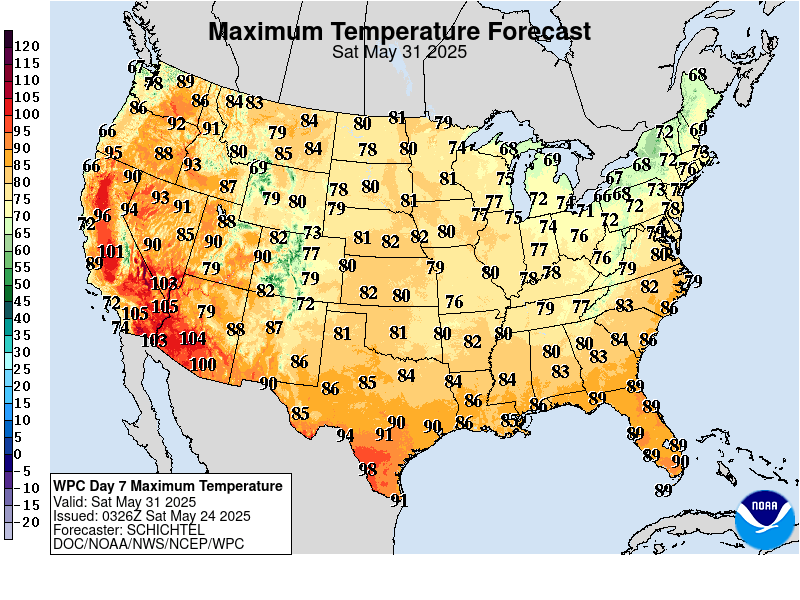
Temperatures compared to Average for days 3-7
HOT out west, shifting to Plains, then across much of the country next week!
https://www.wpc.ncep.noaa.gov/medr/medr_mean.shtml
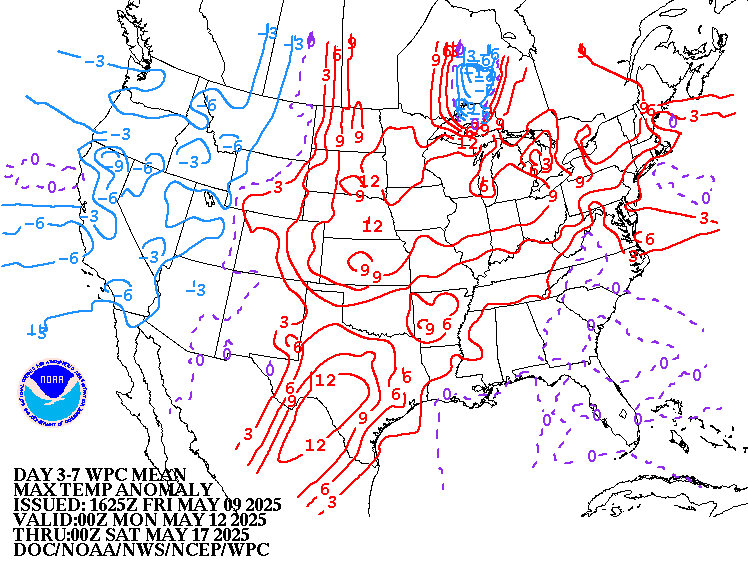
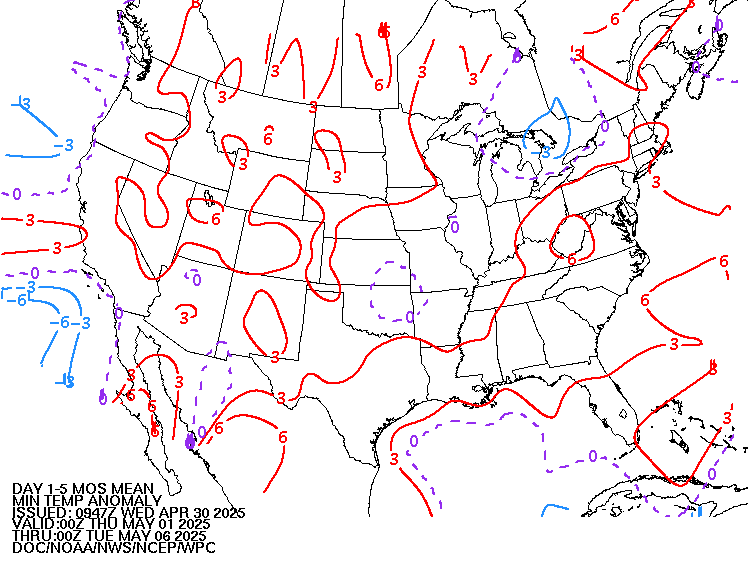
Surface Weather features day 3-7:
Heat is building in the West and will be spreading east!!
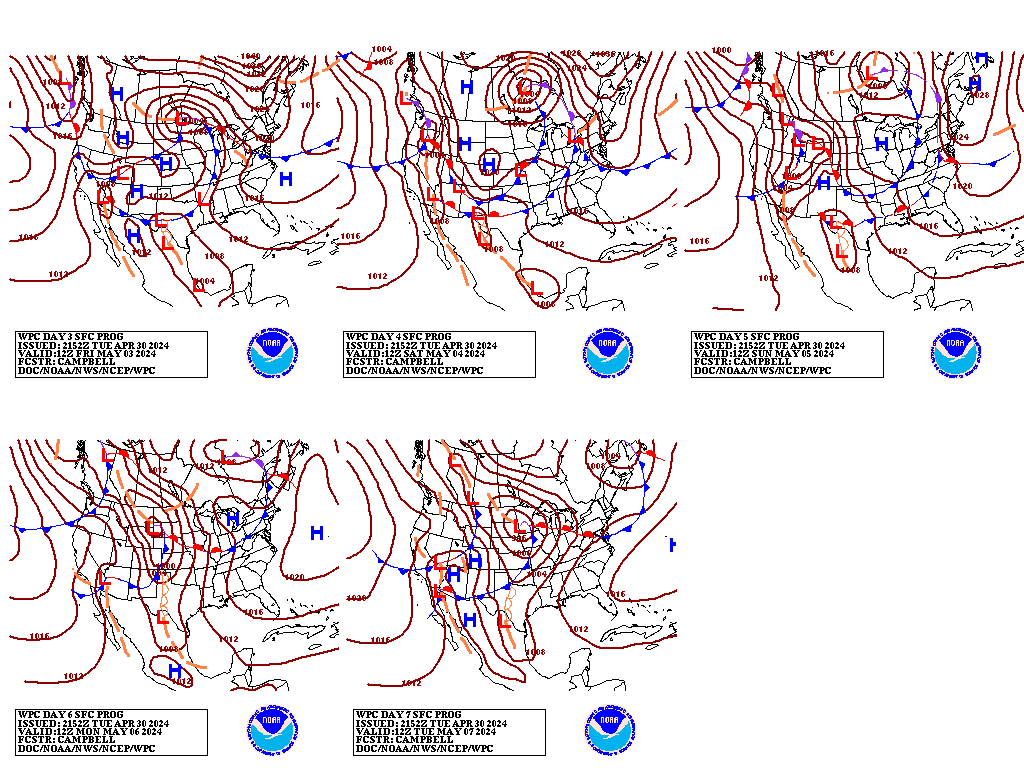
Liquid equivalent precip forecasts for the next 7 days are below.
Rains will be drying up.
Day 1 below:
http://www.wpc.ncep.noaa.gov/qpf/fill_94qwbg.gif?1526306199054
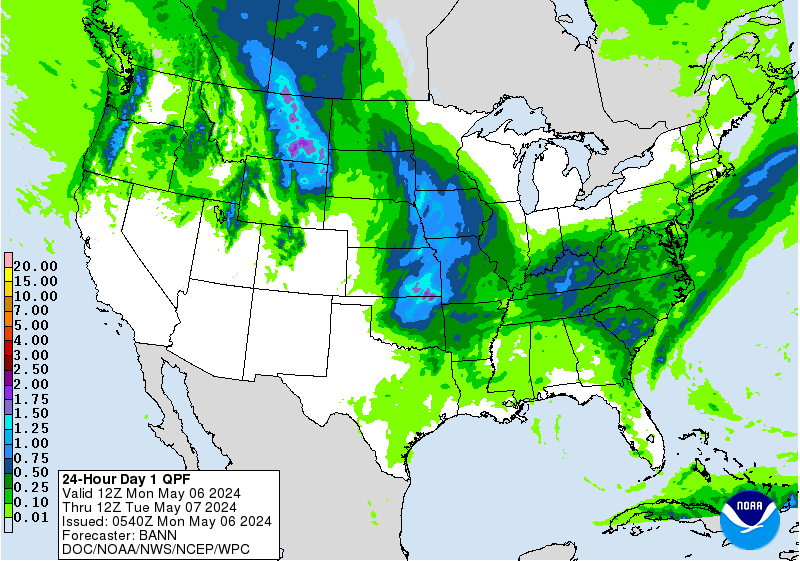
Day 2 below:
http://www.wpc.ncep.noaa.gov/qpf/fill_98qwbg.gif?1528293750112
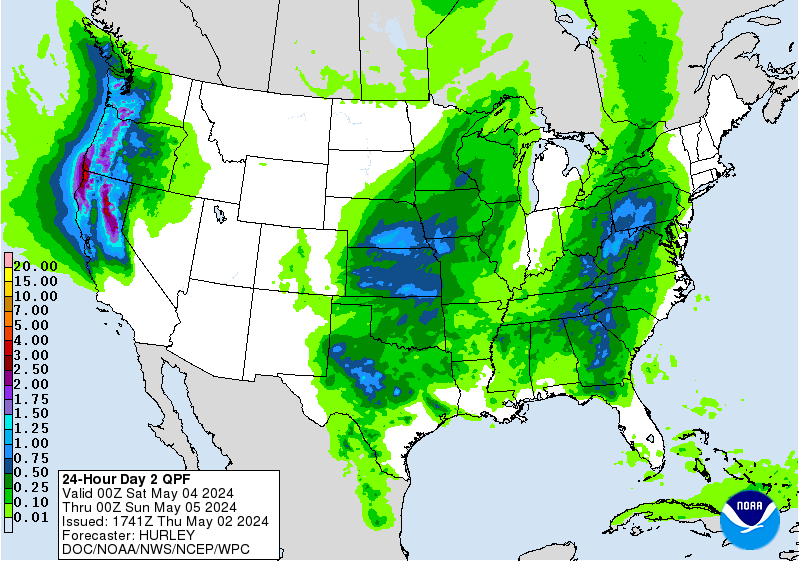
Day 3 below
http://www.wpc.ncep.noaa.gov/qpf/fill_99qwbg.gif?1528293842764
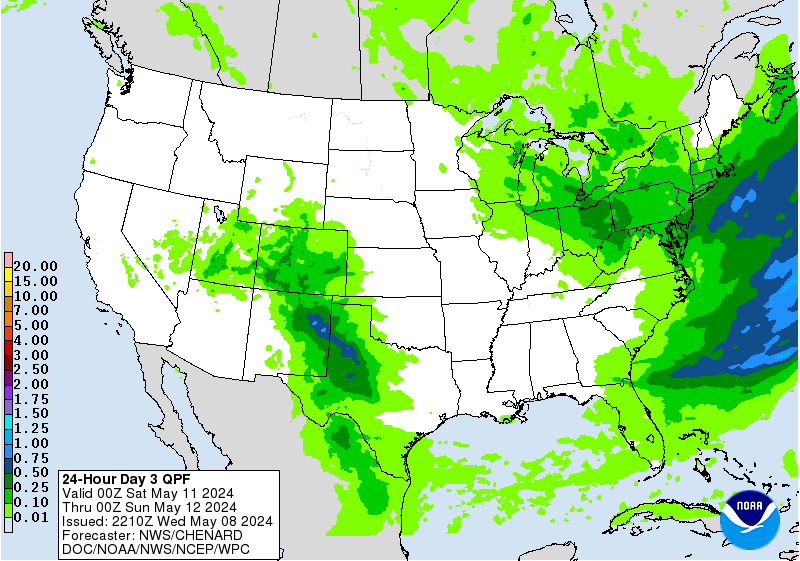
Days 4-5 below:
http://www.wpc.ncep.noaa.gov/qpf/95ep48iwbg_fill.gif?1526306162
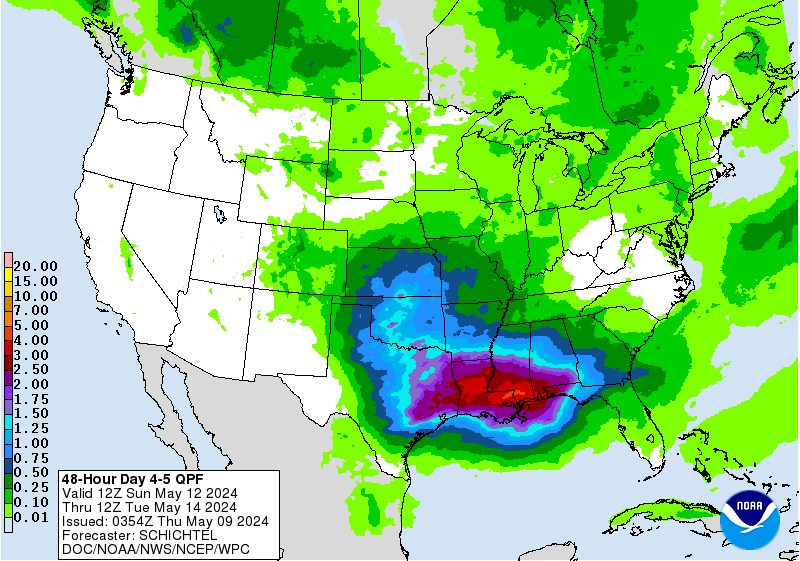
Days 6-7 below:
http://www.wpc.ncep.noaa.gov/qpf/97ep48iwbg_fill.gif?1526306162
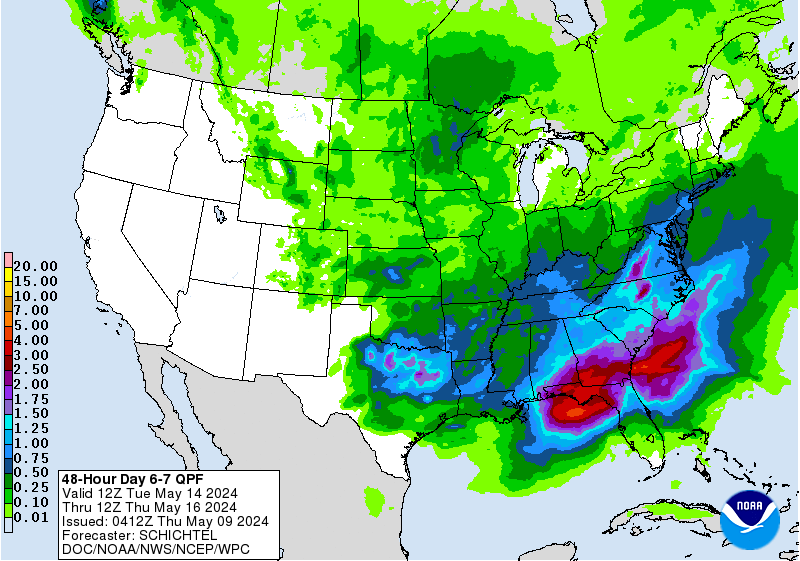
7 Day Total precipitation below:
https://www.wpc.ncep.noaa.gov/qpf/p168i.gif?1566925971
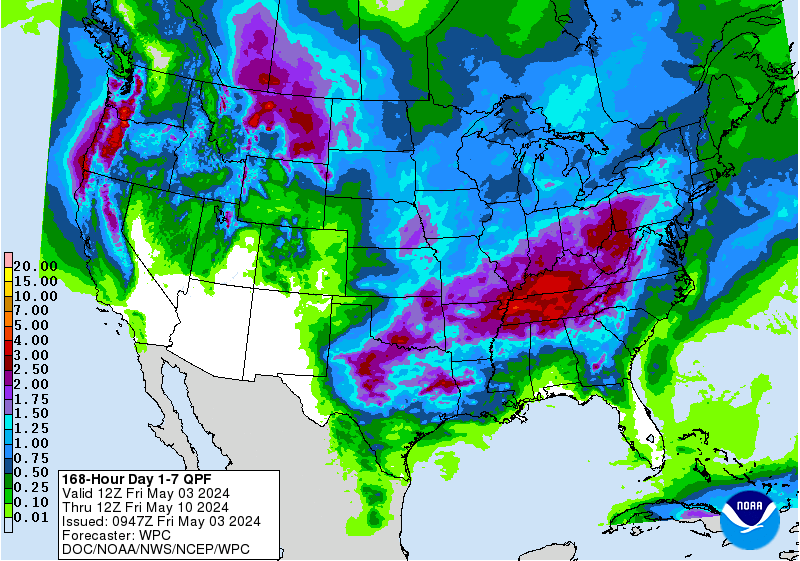
Excessive rain potential.
Mesoscale Precipitation Discussions
Current Day 1 Forecast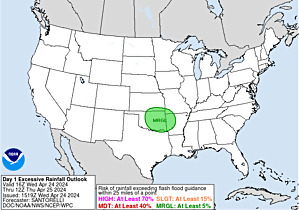 Valid 16Z 08/30/19 - 12Z 08/31/19 |
Day 1 Threat Area in Text Format
| Day 2 and Day 3 Forecasts |
Current Day 2 Forecast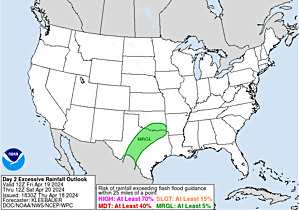 Valid 12Z 08/31/19 - 12Z 09/01/19 |
Day 2 Threat Area in Text Format
Current Day 3 Forecast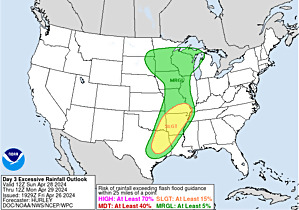 |
Current Dew Points
Dry air/low dew points................that likely helps virus's in the air to survive longer.
Higher dew points cuts down on survival time.
It's thought that doubling the humidity(amount of moisture in the air) will decrease the amount of a virus that survives in the air for 1 hour by 50%. Based on the study out April 23rd.......we do know this now with COVID-19.
Game changing-Summer kills COVID-19
https://www.marketforum.com/forum/topic/51095/

Latest radar loop
http://www.nws.noaa.gov/radar_tab.php


| (3400x1700 pixels - 2.2mb) Go to: Most Recent Image |

Go to: Most Recent Image
You can go to this link to see precipitation totals from recent time periods:
https://water.weather.gov/precip/
Go to precipitation, then scroll down to pick a time frame. Hit states to get the borders to see locations better. Under products, you can hit "observed" or "Percent of Normal"
Soilmoisture anomaly:
These maps sometimes take a day to catch up to incorporate the latest data(the bottom map is only updated once a week).
Soils in many parts of the Cornbelt have dried out enough for early planting. Corn and bean planting is well ahead of the average for mid May.
Some nice rains this weekend, then drying out later this week but we are headed for a pattern that will be TOO DRY for many places in early June.
https://www.cpc.ncep.noaa.gov/products/Soilmst_Monitoring/US/Soilmst/Soilmst.shtml#
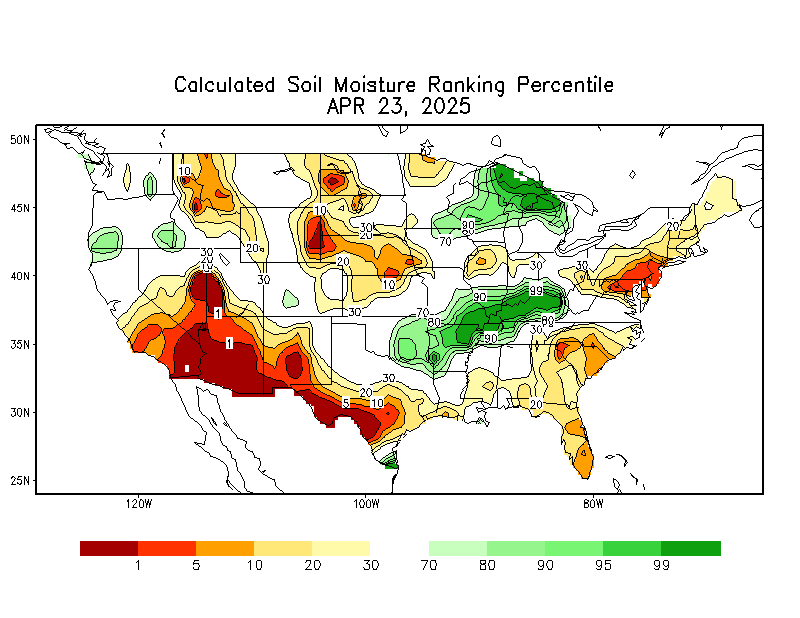
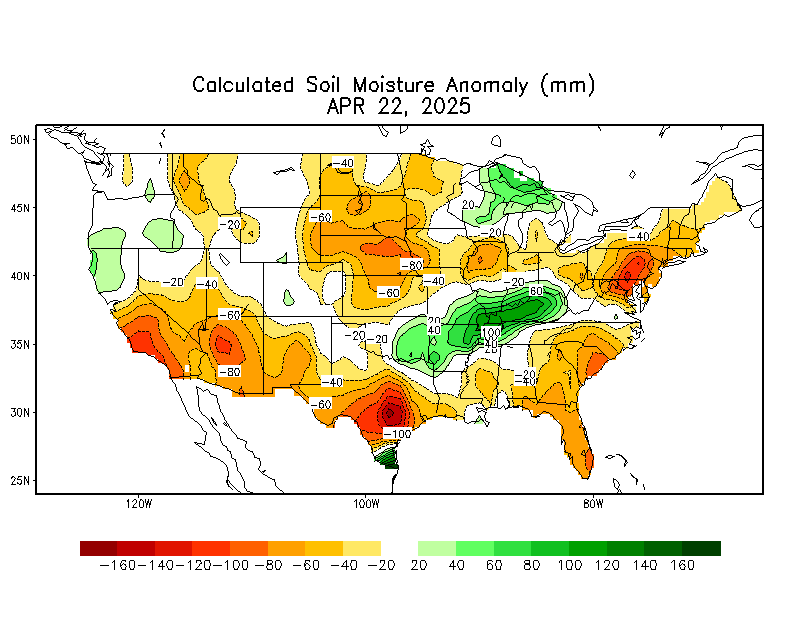
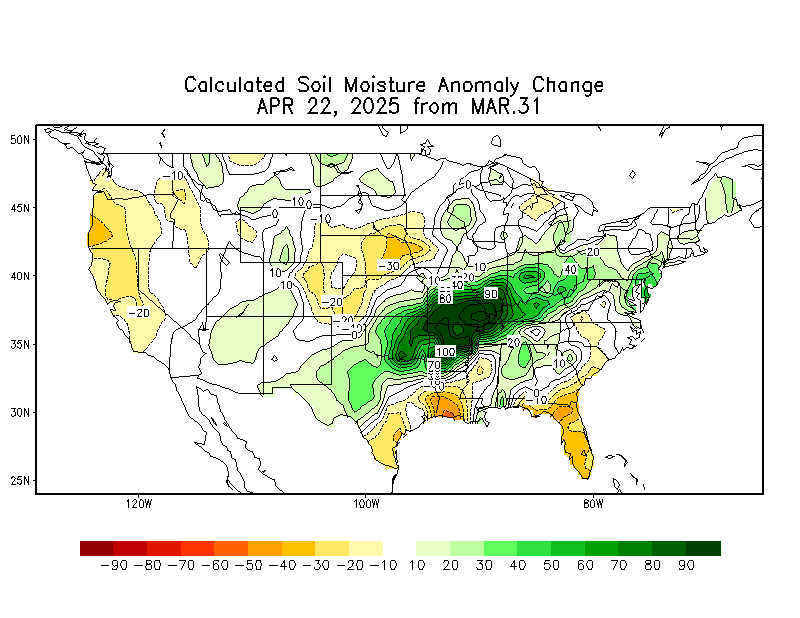
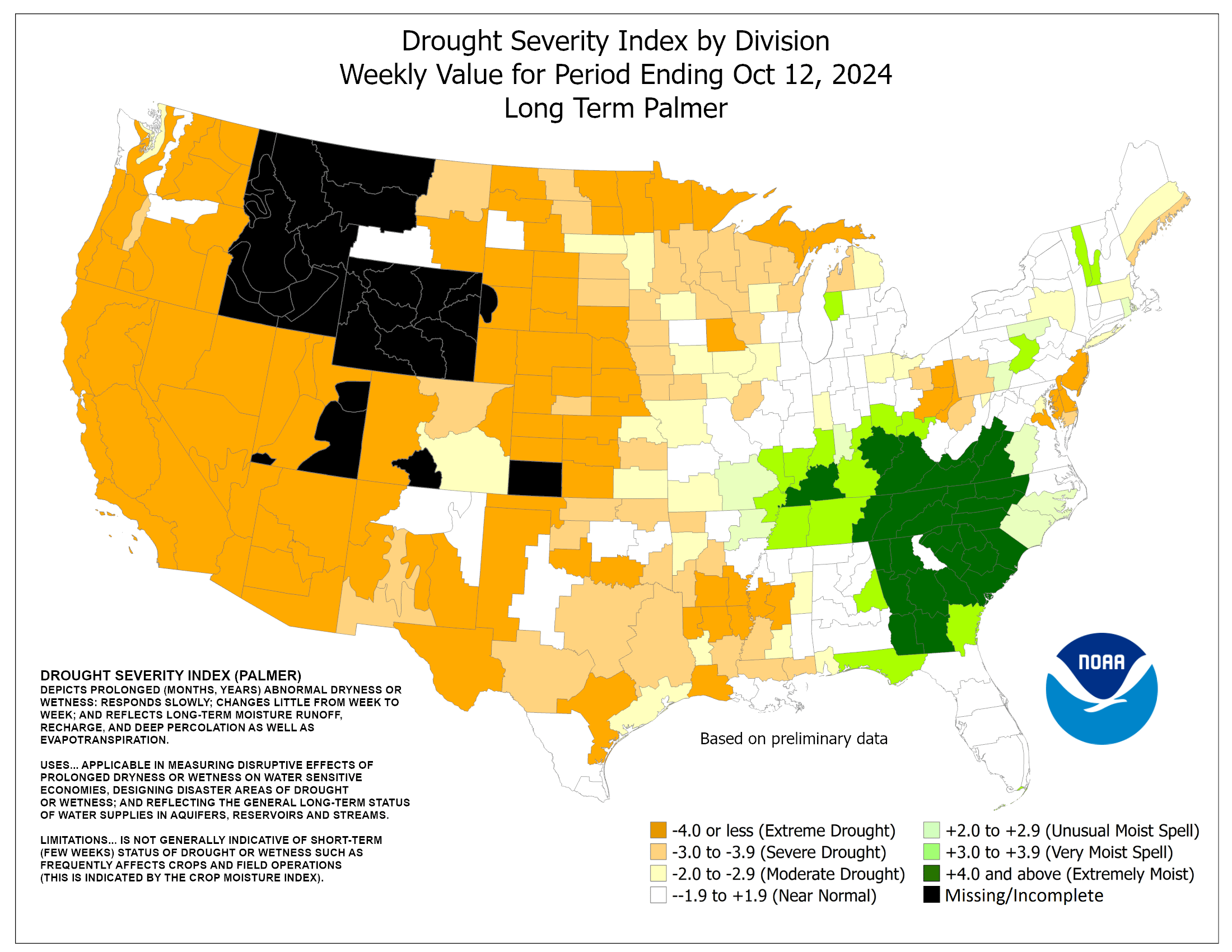
Drought Monitor maps:
Latest: The first map below is the latest. The 2nd one is from last week.
April 23: LOOKY_LOOKY! For the first time this year, its gotten dry enough for a few (small)areas in the Upper Midwest/Western Cornbelt to report slight drought.
April 30: Drought increased a bit......Plains and U.Midwest.
May: 7: Drought increased a bit from KS westward.
May 14: Drought increased a bit again, now, parts of Iowa have slight drought(this dry weather is why planting is ahead of schedule). Rains are coming to the dry spots in the forecast though.......bearish.
May 21: A bit more drought in ND.
The maps below are updated on Thursdays.
https://droughtmonitor.unl.edu/


360h GZ 500 forecast valid on Jun 11, 2020 12 UTC
Forecasts for the control (GEM 0) and the 20 ensemble members (global model not available)
360h GZ 500 forecast valid on Jun 11, 2020 12 UTC
Forecasts for the control (GEM 0) and the 20 ensemble members (global model not available)
The top map is the Canadian ensemble average, the maps below are the individual members that make up the average at the end of week 2.
+++++++++++++++++++++++++++++++++++++++++
Each member is like the parent, Canadian model operational model.......with a slight tweek/variation in parameters. Since we know the equations to represent the physics of the atmosphere in the models are not perfect, its useful to vary some of the equations that are uncertain(can make a difference) to see if it effects the outcome and how.
The average of all these variations(ensembles) often yields a better tool for forecasting. It's always more consistent. The individual operational model, like each individual ensemble member can vary greatly from run to run.........and represent an extreme end of the spectrum at times. The ensemble average of all the members, because it averages the extremes.............from opposite ends of the spectrum.........changes much less from run to run.
End of week 2....................0z Canadian ensembles:
Last Wednesday: Fast zonal flow in the northern tier?? The average has that but the pattern might be different.
Thursday: Huge disparity in solutions.
Friday: Will the pattern become amplified and turn bullish?
Saturday: Some solutions amplify and have a heat ridge. Very uncertain.
Sunday: Majority have a heat ridge. Location is key but pattern is becoming more bullish.
Monday: Big heat ridge Plains to start week 2 but half of the solutions on this model break it down by the end of week 2. If it becomes entrenches in that location, it becomes very bullish the grains. If farther east/southeast, it will be more bullish for ng(heat and cooling demand to high population centers vs crops, where not as many people live)
Wendesday: Here come da ridge! Major heat ridge from the Plains eastward with no rain under the ridge. Strong jet and deep trough out west, sending waves eastward around the periphery of the dome with rains possible outside of the ridges rain suppressing influence.
Thursday: A little more than half the members keep the heat ridge strong. The others break it down.
360h GZ 500 forecast valid on Jun 12, 2020 00 UTC
Forecasts for the control (GEM 0) and the 20 ensemble members (global model not available)
Individual GFS ensemble solutions for the latest 0z run:
Sunday: Half the solutions have an impressive heat ridge
Monday: Heat ridge with certainty early week 2 around the Plains. Where does it go, what strength can it maintain(or is it transient and goes away) at the end of week 2?

GFS Ensemble mean(average of all the individual solutions above). The first map is a mid/upper level map. The 2nd one is a temperatures map at around 1 mile above the surface. These are anomalies(difference compared to average).
NCEP Ensemble t = 360 hour forecast
Last: Saturday: Warm. Mostly positive anomalies in the US.
Monday: Positive anomalies and very warm for much of the country.
Wednesday: Positive anomalies in the Northeast at the end of week 1. Weakening in week 2 and maybe not as warm, certainly not as warm looking as the maps from earlier this week.
Saturday: Positive anomalies and very warm in much of the country. How amplified does the pattern get? Rains could get shut down, especially if the positive anomaly is in the Plains.
Sunday: The center of positive anomalies from the Rockies, extending into the Western Midwest is DRY HEAT for the Cornbelt vs humid heat with thunderstorm chances when the heat ridge is in the Southeast, pumping up moisture and allowing for thunderstorms along the outside periphery of the dome.
Monday: Strong positive anomaly from the dome/heat ridge centered in the N.Rockies/N.Plains with certainty at the end of week 1. How much does it weaken during week 2?
Wednesday: Widespread Heat ridge with no rain at 168 hours. Still could be around at the end of week 2.
1 week out below
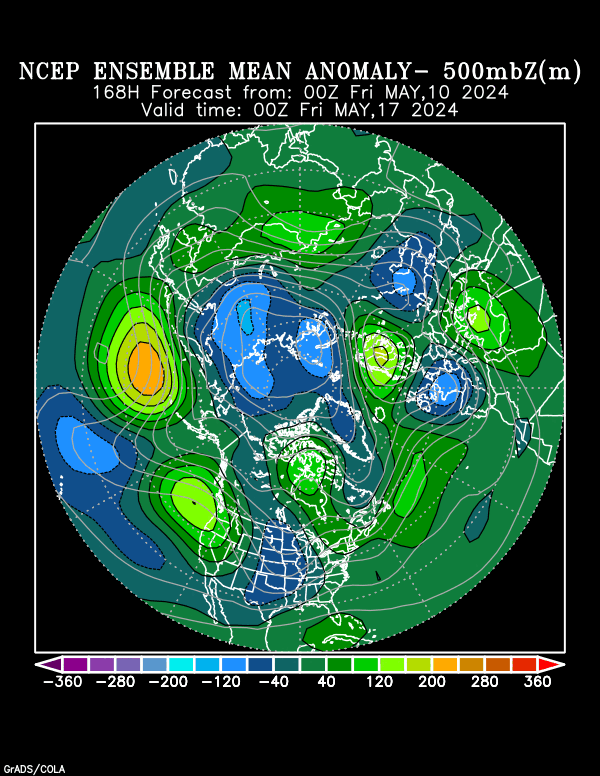
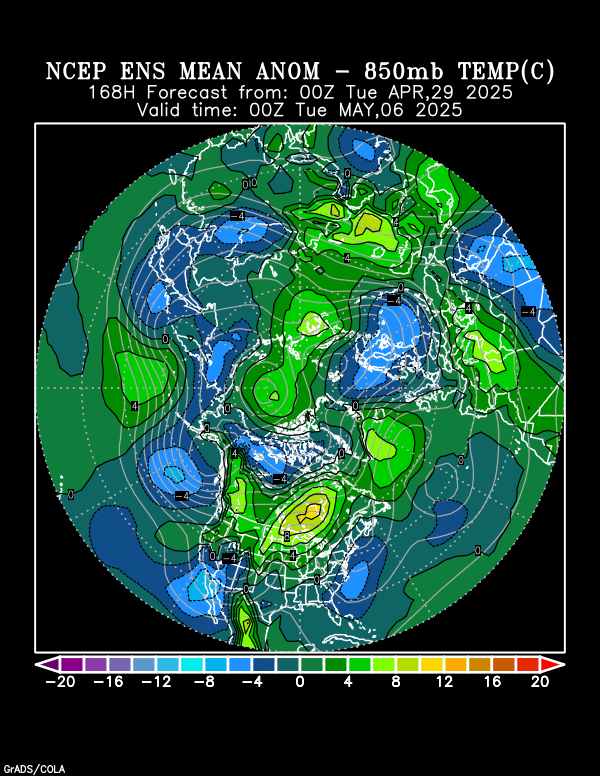
2 weeks out below
Latest, updated graph/forecast for AO and NAO and PNA here, including an explanation of how to interpret them...............mainly where they stand at the end of 2 weeks.
https://www.marketforum.com/forum/t
Previous analysis, with the latest day at the bottom for late week 2 period.
Discussions, starting with the oldest below.
Last Monday: Indices close to 0, not a factor. They become less useful in the warm season as they are best used for northern stream indicators.
Tuesday: Positive AO. Near 0 for NAO and PNA.
Wednesday: AO goes from positive to near 0, same with PNA. NAO near 0. Getting to the time of year when they are not that important, since they work best predicting a northern stream that is seasonally shifting north of the US.
Saturday: Close enough to 0 to not matter, especially in the warm season.
Sunday: AO near 0. Both the NAO and PNA have a very wide spread in solutions on both sides of 0, suggesting model solution/model disagreements in the pattern and a great deal of uncertainty.
Monday: All near 0 with AO slightly negative.
Wednesday: All slightly negative. Not a factor.
National Weather Service 6-10 day, 8-14 day outlooks.
Updated daily just after 2pm Central.
Temperature Probability
| the 8-14 day outlooks ArchivesAnalogsLines-Only FormatGIS Data | |
Temperature Probability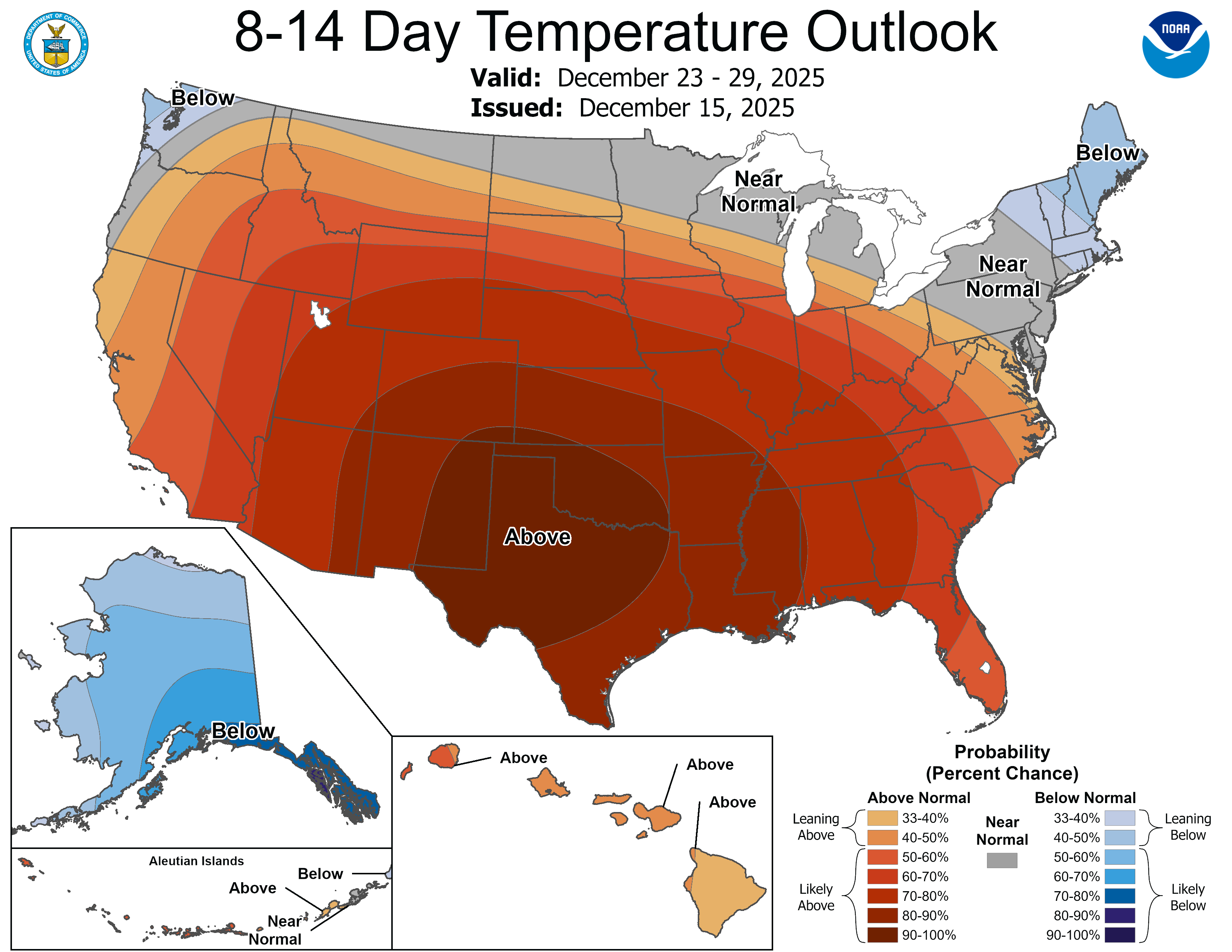 | |
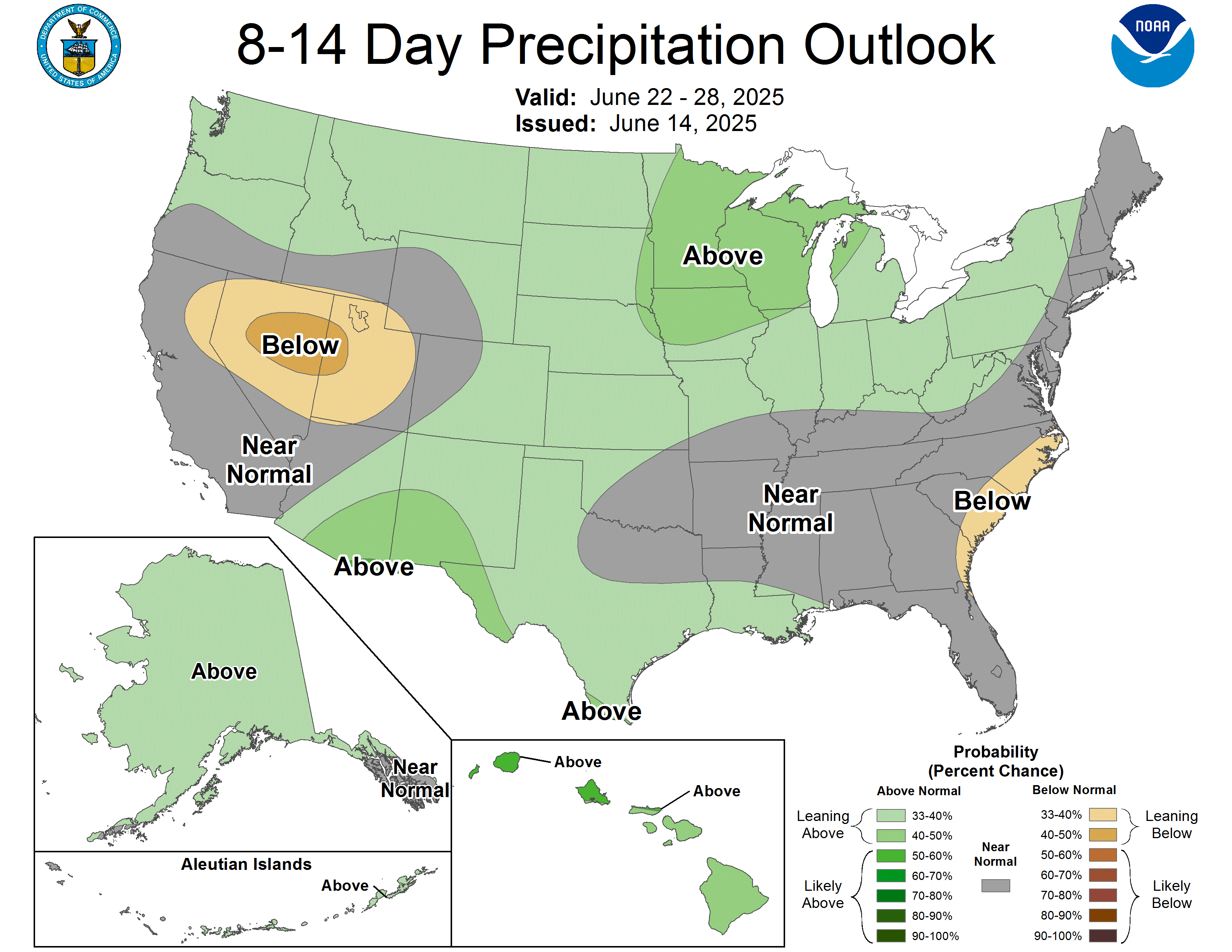 | |
Long range outlook:
NEW: My Summer Forecast/La Nina this Summer?
Started by metmike - May 23, 2020, 11:33 p.m.
https://www.marketforum.com/forum/topic/52701/